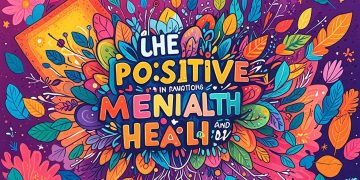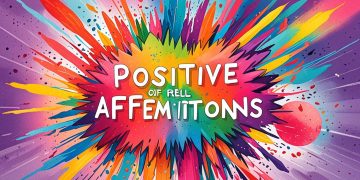
Self-Reflection as a Driver for Conscious and Effective Decision-Making
In a fast-paced world, self-reflection is essential for conscious and effective decision-making. By enhancing self-awareness and emotional intelligence, individuals can navigate choices that align with their values. This practice fosters personal growth and community progress, making it a powerful tool for addressing today's complex challenges.

The Role of Self-Reflection in Defining and Adjusting Personal Goals
In a rapidly changing world, self-reflection is essential for identifying and adjusting personal goals. This introspective practice enhances self-awareness, clarifies values, and fosters resilience, ultimately leading to more meaningful aspirations. By integrating self-reflection into daily routines, individuals can align their goals with their evolving identities and circumstances.

How Self-Reflection Can Boost Resilience in Challenging Times
Self-reflection is essential for building resilience, especially during challenging times. By enhancing emotional awareness, identifying behavioral patterns, and fostering personal growth, individuals can navigate adversity effectively. This practice not only transforms setbacks into learning opportunities but also cultivates supportive relationships, strengthening both personal and communal resilience amidst uncertainty.

Self-Reflection and the Connection with Empathy: How Understanding Oneself Improves Relationships with Others
Self-reflection enhances empathy by fostering self-awareness and emotional intelligence. This introspective journey improves interpersonal relationships, encouraging compassion and understanding among individuals. By recognizing personal biases and deepening connections, self-reflection promotes healthier communication and supportive communities, ultimately transforming the dynamics of family, workplace, and societal interactions.

The use of positive affirmations in promoting mental health and well-being
Positive affirmations are powerful tools that enhance mental health and well-being by fostering self-esteem, resilience, and emotional regulation. Their integration into daily routines, especially in culturally relevant contexts, promotes community support and personal growth, making them invaluable in navigating life’s challenges and improving overall mental health.

The role of positive affirmations in overcoming personal challenges
This article explores how positive affirmations can empower individuals to overcome personal challenges. By fostering self-belief and resilience, affirmations can enhance mental well-being and create a positive mindset. Their adaptable nature makes them effective in diverse contexts, promoting a culture of strength and collective support in navigating life's obstacles.

Exploring the Relationship between Self-Reflection and Creativity in Problem Solving
This article highlights the critical connection between self-reflection and creativity in problem-solving, particularly in the context of Nigeria. It emphasizes how introspection fosters innovative solutions and improved decision-making, enabling individuals and communities to tackle complex challenges effectively while promoting a culture of reflection for sustainable growth.

Strategies to Incorporate Positive Affirmations into Daily Routine to Promote Personal Growth
Embrace the transformative power of positive affirmations to enhance personal growth by integrating them into daily routines. Effective strategies include morning rituals, visual reminders, and mindful journaling, all tailored to deepen your connection with positivity. Leverage technology and cultural nuances for a more impactful affirmation practice.

Exploring the Power of Positive Affirmations in Overcoming Past Traumas
The article discusses how positive affirmations empower individuals to overcome past traumas, emphasizing their effectiveness in challenging negative beliefs and enhancing self-worth. It highlights the importance of cultural context and community support in integrating affirmations into daily life, fostering emotional resilience and mental well-being in the healing journey.

How Positive Affirmations Can Be Integrated into Coaching Techniques to Maximize Individual Potential
This article explores the integration of positive affirmations into coaching techniques, highlighting how they can enhance self-efficacy, resilience, and clarity of goals. By personalizing affirmations to individual narratives and utilizing cultural elements, coaches can effectively empower clients, fostering significant personal and professional growth.